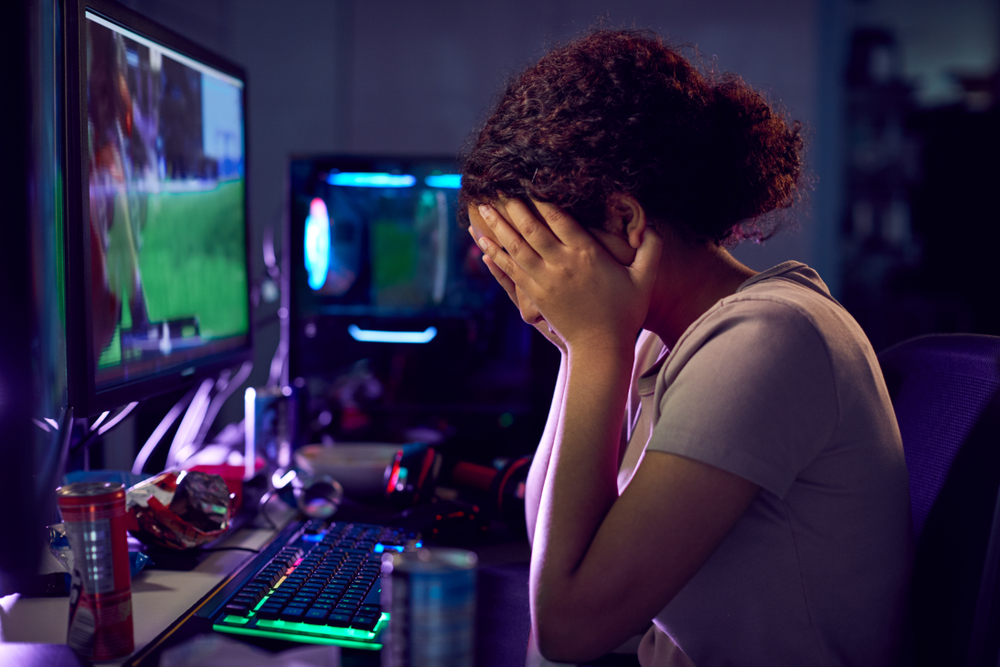The notification ping that once brought excitement now triggers dread. For millions of young people, the digital spaces that promise connection have become battlegrounds where cruelty travels at the speed of light and follows them home. Cyberbullying has evolved from playground taunts into a sophisticated form of psychological warfare that never sleeps.
Unlike traditional bullying that ended when school bells rang, digital harassment operates around the clock. The very devices meant to educate and connect young people have become weapons that can destroy self-worth with a single post, comment or shared image.
The invisible nature of digital wounds
Physical bruises heal and fade, but the psychological impact of cyberbullying can persist for years. Young victims often suffer in silence, their pain invisible to parents and teachers who see only the surface of their digital interactions. The anonymity that online platforms provide can embolden perpetrators while leaving victims feeling helpless and isolated.
The permanence of digital content amplifies the trauma. Hurtful messages, embarrassing photos or cruel videos can resurface months or years later, reopening wounds that seemed to have healed. This digital permanence creates a unique form of psychological torture where victims can never fully escape their tormentors.
Mental health consequences compound over time
The psychological toll of cyberbullying extends far beyond temporary hurt feelings. Victims frequently develop anxiety disorders, depression and post-traumatic stress symptoms that can affect their academic performance, social relationships and overall development. Sleep patterns become disrupted as young people lie awake anticipating the next digital attack or checking their devices compulsively.
Self-esteem plummets as constant negative feedback rewires developing brains to expect rejection and hostility. The adolescent years are already marked by identity formation struggles, and cyberbullying can derail this crucial developmental process, leaving lasting scars on self-concept and social confidence.
The bystander effect goes digital
Online environments often witness cyberbullying through likes, shares and comments that can either escalate or diminish the harm. Many young people become passive observers, watching cruelty unfold without intervening. This digital bystander effect can make victims feel even more isolated, believing that their entire peer group endorses the harassment through their silence.
The viral nature of social media means that cyberbullying incidents can spread rapidly beyond the original participants, creating a mob mentality that overwhelms victims. What begins as a conflict between two individuals can quickly become a public spectacle that attracts hundreds or thousands of participants.
Warning signs often go unnoticed
Parents and educators frequently miss the early indicators of cyberbullying because young people have learned to hide their digital lives from adults. Victims may withdraw from family activities, show reluctance to use devices they once enjoyed, or exhibit sudden changes in mood or behavior that adults attribute to typical teenage angst.
Academic performance may decline as concentration becomes impossible when anticipating the next digital assault. Social withdrawal often follows as victims lose trust in their ability to navigate peer relationships safely, both online and offline.
Breaking the cycle requires collective action
Addressing cyberbullying effectively requires coordinated efforts from families, schools and technology companies. Digital literacy education must include lessons about empathy, respect and the lasting consequences of online behavior. Young people need safe spaces to report harassment without fear of having their devices taken away or their online privileges revoked.
Technology platforms bear responsibility for creating tools that detect and prevent harassment while giving users better control over their digital experiences. Reporting systems need to be responsive and effective, not bureaucratic processes that discourage victims from seeking help.
The path forward involves teaching young people that their words and actions online have real consequences for real people. Creating a culture of digital citizenship where empathy and respect guide online interactions can help heal the wounds that cyberbullying creates in our communities.












